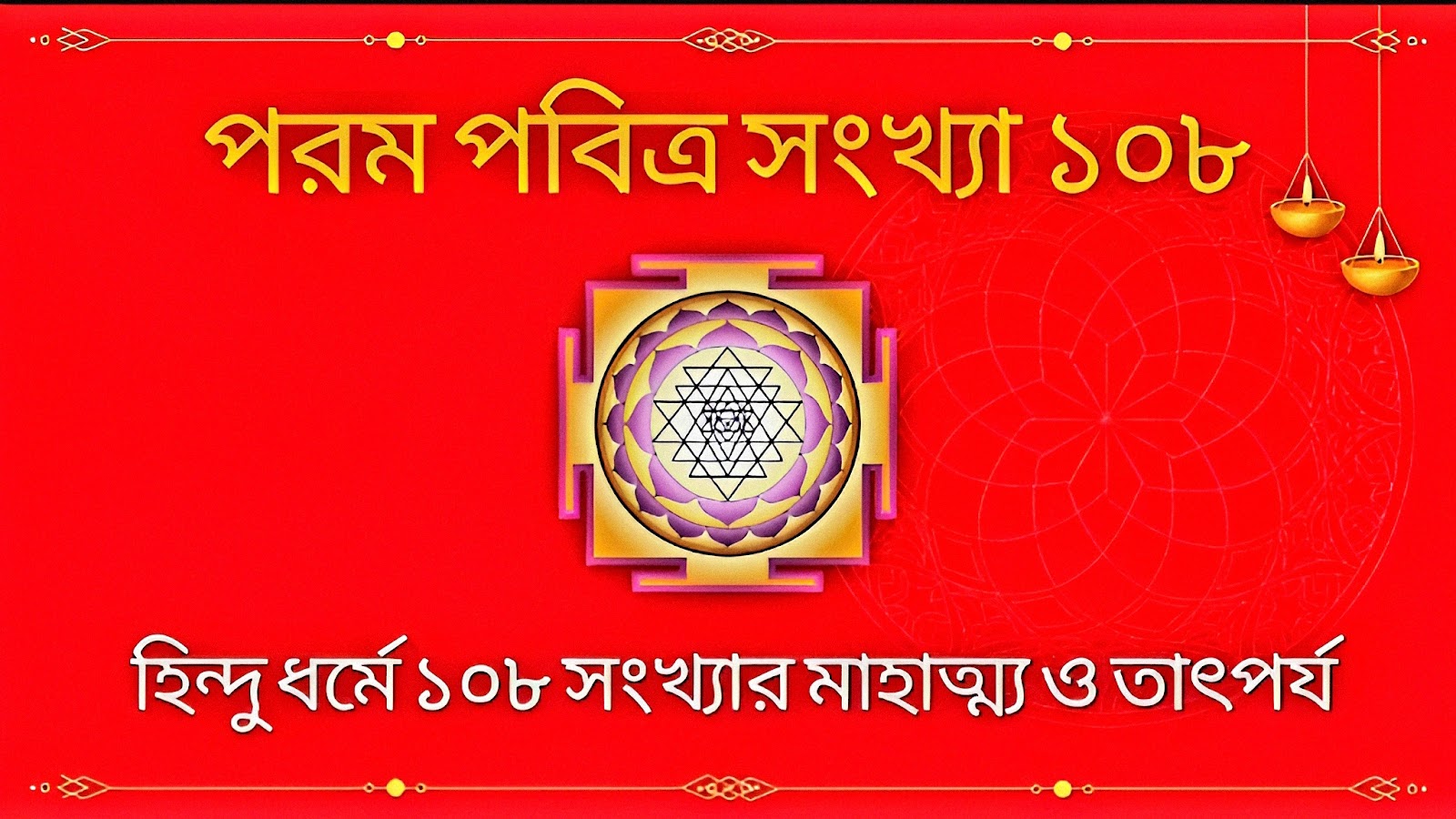About us - আমাদের সম্পর্কে জানুন
Wednesday, November 8, 2023
Did Buddha come before Yudhisthir? - A Linguistic Analysis:
Recently in an interview, the vicious brain of the Marxo-Ashraafi historian Romila Thapar came up with a weird, concocted story potentially implying that Buddha predates Yudhisthir, and hence Buddhism might predate Hinduism.
There is little doubt that the current discourse of Marxist-Ashraafi academia involves not only in dissociating Buddhism from Sanatana but also in proving the 'supremacy' of 'Buddhism' over 'Hinduism' (they have a coined a new term 'Brahminism' in this regard). After all, Indians obey the Indian constitution which, as per these Marxist-Ashraafi historians, is a Khairaat of B.R. Ambedkar who was so much toiled and tortured in the casteist confinement of Hinduism that he adopted Buddhism. Hence Buddhism in the narrative that can potentially liberate India from the curse of Hindutva! But a fundamental question still sustains: Is Buddhism older and more supreme than Hinduism, even when we assume that there exist differences between the two?
It is true that there exist severe challenges in finding the proper chronology of several events of ancient India. But subverting this challenge to muddy the historicity and chronology of India is utterly sickening. Nevertheless, such cunning claims should not go unchallenged and be encountered with facts and reasons. This article is an attempt to disprove Romila Thapar on this specific issue.
Firstly, Bhagavad Gita is an inalienable part of Mahabharat. This is because:
a. Chapter no. 24-42 of the Bhishma Parva is Bhagavad Gita. In Shanti Parva, Aswamedh Parva, and in many other parts, Vyasdev has mentioned about Bhagavad Gita that emanated from the Lotus Mouth of Lord Krishna.
b. There is huge linguistic similarity and overlaps between Bhagavad Gita and all other chapters of Mahabharat. This is the opinion that is supported by Balgangadhar Tilak and Sarvapalli Radhakrishnan as well.
Second, we explicitly prove that the language of Bhagavad Gita is more archaic than Panini’s Ashtadhyayi. Famous Sanskrit scholar and philosopher Dr. Surandranath Dasgupta has given the following list of Aarsha-prayog (आष॔-प्रयोग), i.e., words/phrases used by the ancient Rishis which goes against the canonical rules of Sanskrit grammar that started with Panini:
a. ‘Yudh’ (युध) dhaatu gives ‘yuddhya’ (युध्य) for anugnaa, madhyam purush, ek-vachan. But the shloka 3:30 of Gita uses ‘yuddhyasya’ (युध्यस्व) in place of ‘yuddhya’.
b. Shloka 6:36, 7:3, 9:14 and 15:11 uses ‘yat’ (यत्) dhaatu as parasmaipadi (परस्मैपदी: something under reference belonging to another), although ‘yat’ dhaatu used in Panini’s Sanskrit is atmanepadi (आत्मनेपदी: word for the self).
c. ‘Ram’ (रम्) dhaatu is atmanepadi but it is used as parasmaipadi in in shloka 10:9.
d. Similarly, ‘Kaansh’ (काङ्क्ष), ‘braj’ (ब्रज्), ‘bish’ (बिश्), ‘ing’ (इन्ग्) dhaatus are parasmaipadi according to Panini but are used as atmanepadi in the shlokas 1:31; 2:54; 18:55; and 6:19, 14:23 respectively.
e. ‘Bij’ (बिज्) dhaatu is atmanepadi but is used in shloka 5:20 as parasmaipadi.
f. Shloka 12:8 uses 'निबत्स्यसि' in place of ‘निबसिष्यसि’ allowed by Panini.
g. 16:5 uses ‘मा शोची:’ in place of the Paninian ‘मा सुच:’.
h. 3:10 has aarsha-prayog of ‘प्रसबिष्यध्वम्’.
i. 11:41 has an aarsha-sandhi ‘हे सखेति’.
j. 10: 29 shloka has ‘यम: समयमताम्’ in place of ‘यम: समयच्छताम्’.
These are just 10 examples of dhaaturup and samdhi used in Bhagavad Gita that are archaic than Panini’s tradition.
Thirdly, Bhagavad Gita has more proximity to various Upanishads in terms of literary and philosophical references than Buddhist literature to Upanishad. Both Bhagavad Gita and Mundak Upanishad use the phrase ‘अबरं कर्म’ for the same meaning and philosophy. The mantra ‘अस्टादशोक्तमबरं येशु कर्म’ in Mundak Upanishad 1:2:7 has been referred in the eighteenth chapter of Bhagavad Gita. 2:20 of Bhagavad Gita uses the famous phrase ‘न हन्यते हन्यमाने शरीरे’ which is cited from 1:2:18 of Katha Upanishad. Even in the end of each chapter, the word ‘श्रीमद्भगवद्गीतासूपनिषत्सु’ used in the final shloka refers to Bhagavad Gita as nothing but Upanishad.
Fourthly, Mahabharat mentions instances where the Vedic gods such as Agni, Indra are being worshipped. The Bhagavad Gita within Mahabharat considers Vishnu as the primary Aaditya; it does not consider Vishnu and Vasudev as the one and the same, neither does it tell us about Vasudev being an avatar of Vishnu. Bhagavad Gita within Mahabharat uses the word ‘nirvaan’ 5 times (2:72, 5:24, 5:25, 5:26, 6:15) but it relates the state of nirvaan with the eternal Brahman, and not with the Buddhist ‘Shunya’. This point, together with the third one, implies that Gita was conceived at a time when the spiritual traditions in India was transitioning from the Vedic to Vedantic period along with Mahabharat. This was a time period much earlier than the time when Astādhyāyī was given by Panini who predates Buddhism.
To understand the chronology of the history of ancient India, it is essential to understand Sanskrit and its evolution in ancient India. Ignorance or the lack of knowledge in Sanskrit can evidently lead to confusion and meaningless ruckes. But Romila Thapar claims to be an historian of ancient India without having much knowledge in Sanskrit.
Much irony!
Reference: Swami Suhitananda, Shrimadbhagvadgita, Vol. I (2019), Udbodhan Karyalaya, Kolkata
Subscribe to:
Post Comments (Atom)
সনাতন্ হিন্দু ধর্মে পবিত্র সংখ্যা ১০৮ এত মহাত্মপূর্ণ কেন...???
সনাতন্ বৈদিক হিন্দু ধর্মে, ১০৮ সংখ্যা টি অত্যন্ত পবিত্র সংখ্যা রূপে গণ্য করা হয়। কিন্তু কেন...??? কলমে :- অরিন্দম রায়। আমাদের যো...

-
লিখন: বিজিৎ প্রশান্থা হিন্দুদের এবং হিন্দুত্বের বেশ কয়েকটি ডক্ট্রিন আছে যেগুলি খুব সহজেই হিন্দুদের বিরুদ্ধে ব্যবহার করা যায়। হাজার বছর ধরে ...
-
লিখন: বিজিৎ প্রশান্থা সম্প্রতি এক উঁচুস্তরের দিল্লী মহলের নেতা JNU -এর এক হিন্দুবাদী প্রফেসর আনন্দ রঙ্গনাথনের কাছে নাকি এই অভিমত ব্যক্ত কর...
-
-অনুলিখন: বিজিৎ প্রশান্থা কংগ্রেস স্বাধীনতার আগে এবং পরে ব্রিটিশদের সহায়তায় ভারতেরই অভ্যন্তরে একটি ভাসা-ভাসা political state তৈরি করেছিল...



No comments:
Post a Comment